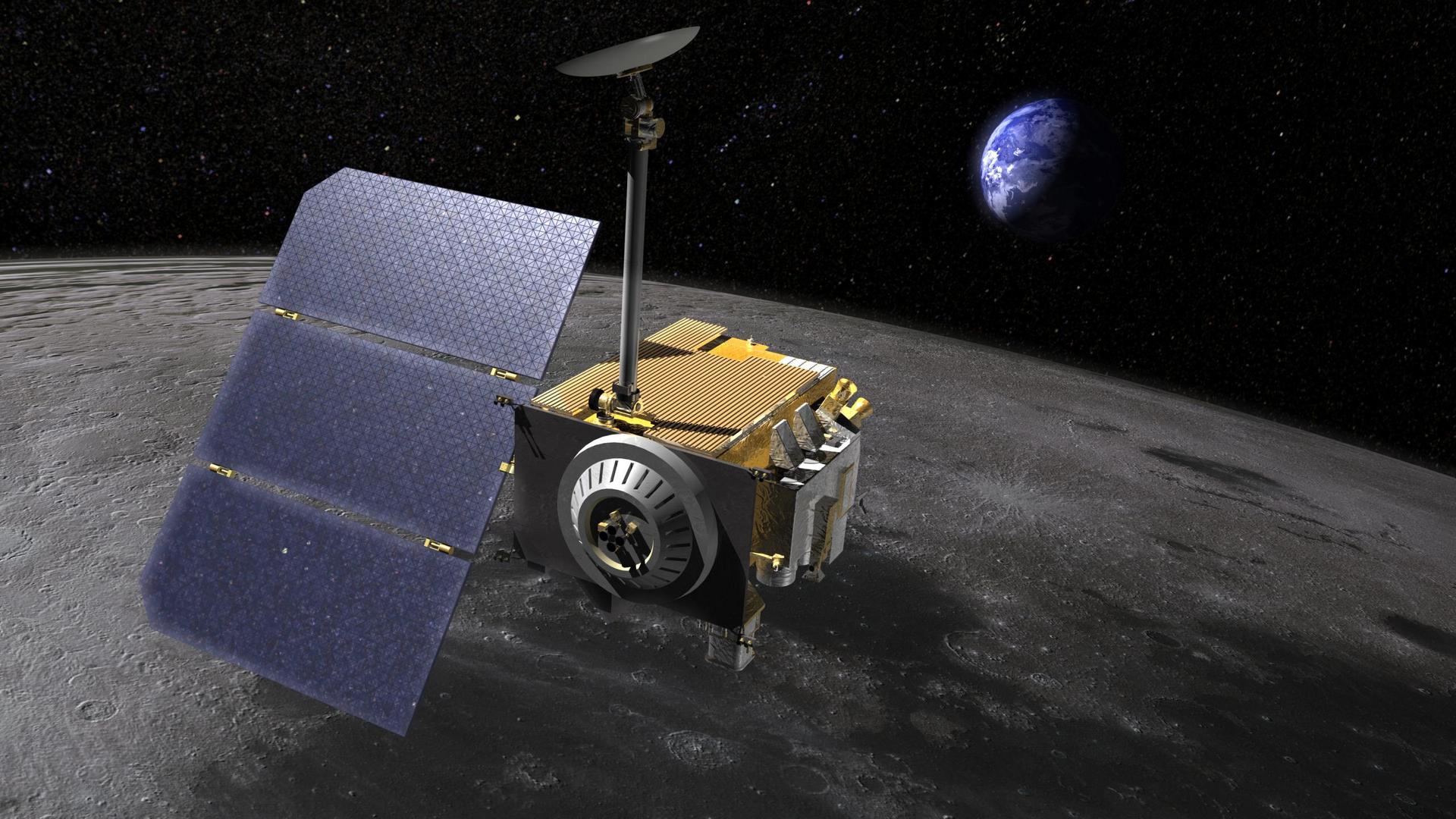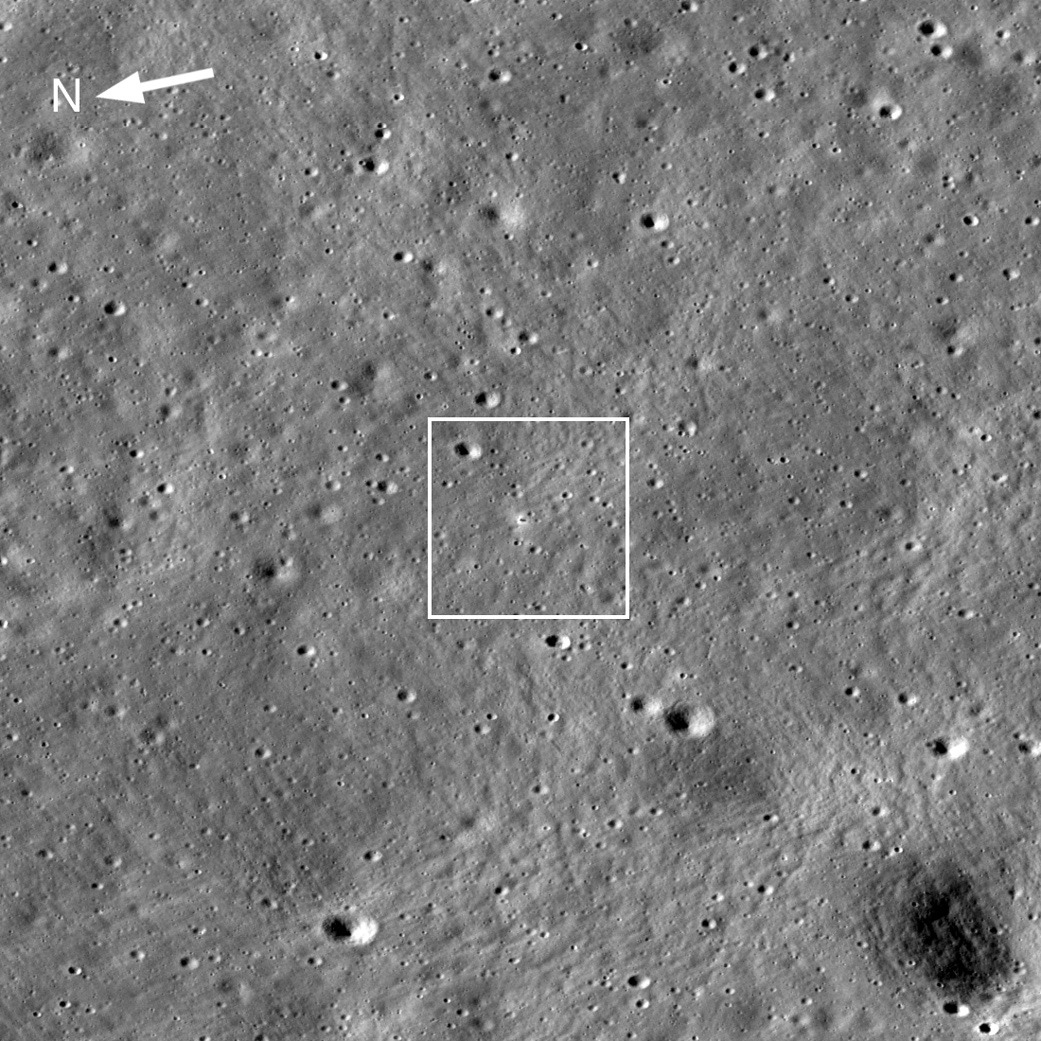NASA has successfully tested a new method for determining the location of objects on the Moon’s surface using a rather low-tech solution — a laser altimeter instrument on board the LRO orbiter. This innovative approach makes it possible to determine the exact location from reflected laser signals, which can significantly improve the methods of searching for objects and determining them at large distances from the surface of the Moon.

The experiment involved sending laser pulses in the direction of the Indian Vikram lander, which successfully landed on the moon last August. The 2-inch reflector mounted on the Vikram reflected laser signals, and the oriented scientific staff confirmed the first-of-its-kind “response” just a few minutes after sending the signals.
The head of the group at NASA’s Goddard Space Flight Center, Xiaoli Sun, said: “We’ve showed that we can locate our retroreflector on the surface from the Moon’s orbit.” He added that the next step was to improve the method so that it could be used as a familiar and reliable instrument for future missions.

The reflector used in the experiment has an unusual design, which is described as “eight quartz-corner-cube prisms set into a dome-shaped aluminum frame.” This design gives the device strength and durability. According to NASA representatives, it can serve for decades, because it does not need to be powered. Such tiny devices can help future space explorers find their way in the dark and help them during landing.
Unfortunately, the LRO altimeter remains the only working laser in the Moon’s orbit. But its working life lasts for 13 years after the end of the planned life cycle. This makes collecting additional data a difficult task.

It is important to note that the last experiment involving Vikram also failed on the first attempt. In total, it took the team eight attempts to establish contact. This causes some concern in terms of location accuracy, since it only makes a deviation of up to one hundredth of a degree.
Despite this, NASA is already planning further research and improvement of this technology. Several landing vehicles with NASA reflectors have already been planned, which will try to land on the Moon. One of these carried the Japanese SLIM lander, which had just landed unsuccessfully on the surface of the Moon.
Earlier, we reported on how JAXA did not lose hope of “waking up” the SLIM probe.
According to NASA
Follow us on Twitter to get the most interesting space news in time
https://twitter.com/ust_magazine


